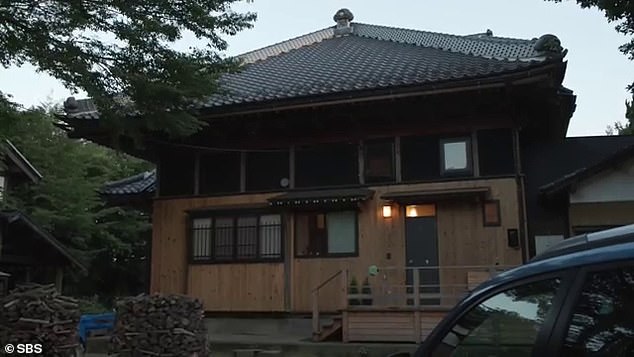An Australian man and his family moved to Japan after securing a house for just $30,000 because properties in their Australian town were out of reach.
Jaya Thursfield, 48, from Melbourne, bought the derelict house, known as an ‘akiya’ in Japanese, in his wife Chihiro’s hometown of Ibaraki in the countryside.
After hearing about abandoned houses in Japan, Mr. Thursfield began looking for a cottage and found one for sale in a newspaper ad. SBS Deadline reported.
There are believed to be at least 10 million akiya in Japan, many of them in the countryside, abandoned when residents want to move to a city or left to rot due to the country’s high inheritance tax.
“I don’t think we could have afforded to get a house (in Australia), let alone close to my parents in inner Melbourne,” Thursfield said.
The family bought their “stunning” 250-square-meter home on a 1,800-square-meter lot with three bedrooms, one bathroom and a guest room.
The father also said the family found the house to be “taller, bigger and more beautiful” than they expected when they first saw it in person, about 45 minutes outside of Tokyo.
Thursfield said Japanese people even give away their akiyas, but abandoned homes don’t appear on real estate websites.
The Melbourne-based father bought the house for $30,000 and renovated it himself, and thought it was “stunning” when he first saw it in person. To date, the family has spent A$250,000 on renovations, making it much cheaper than the average house price in Australia of $997,963.
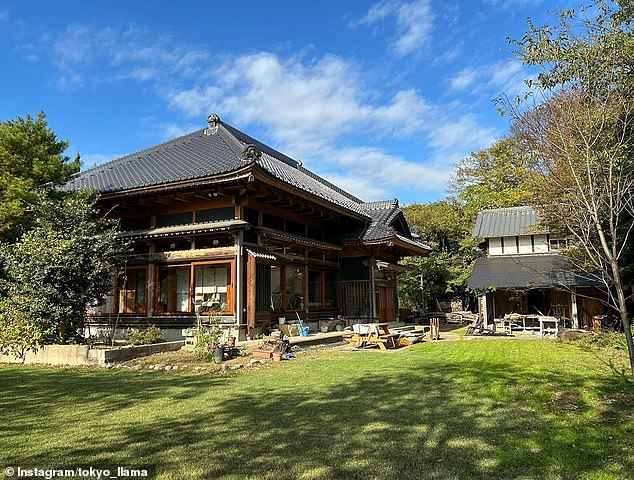
Mr Thursfield bought the three-bedroom traditional Japanese-style house on a 1,800-square-metre plot in February 2019.
Thursfield said local municipalities participate in a program that lists all abandoned homes, called the Akiya bank, making it easier for people to find one of the vacant properties.
The now Japanese resident said that while abandoned houses are all over the country, the further buyers move away from cities, especially into rural areas, the cheaper the houses become.
Most akiyas need renovation and structural improvements. The Melbourne family had a budget of A$200,000 but have spent A$250,000 over the past three years.
“It was not in a condition to be lived in. It had no working kitchen and the bathroom was very outdated,” the father said.
Mr Thursfield said it would have been overkill to try to live in the house because the plumbing was not working properly and the electrical wiring needed updating.
The house was also in disarray, even in the kitchen there was a big mess.
Despite the family outlay, it is still considered cheap compared to new construction prices in Japan.
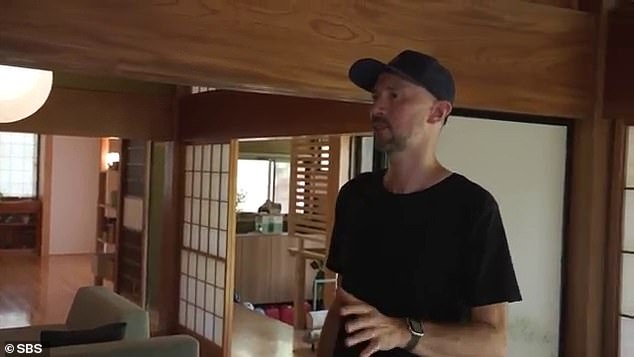
Mr Jaya Thursfield, 48 (pictured), has been documenting the renovation of his three-bedroom Japanese home on YouTube.
“For an empty lot without a house (in his rural region), you might get a price of A$70,000 to A$80,000, and to build a new house would probably cost around A$200,000,” Thursfield said.
Despite having no experience in renovations, Mr. Thursfield decided to do the work himself and began documenting it on Youtubewhich has since gone viral.
Thursfield said doing the work himself has given him “satisfaction,” especially knowing he has “saved” the house.
Australians interested in buying an Akiya are warned to be aware of possible restrictions, such as its use for short-term rentals, according to Cheap houses in Japan.
Other restrictions may include that buyers must be under 43 and have children in high school.
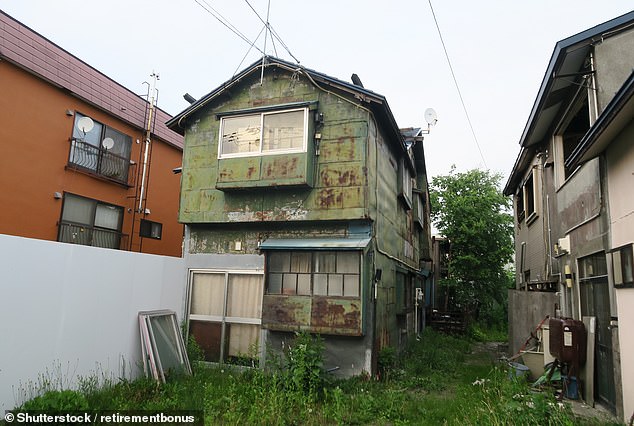
There is currently an increasing number of abandoned houses in cities and urbanized areas in Japan, mainly due to the country’s aging population (pictured, Akiya in Hokkaido province)
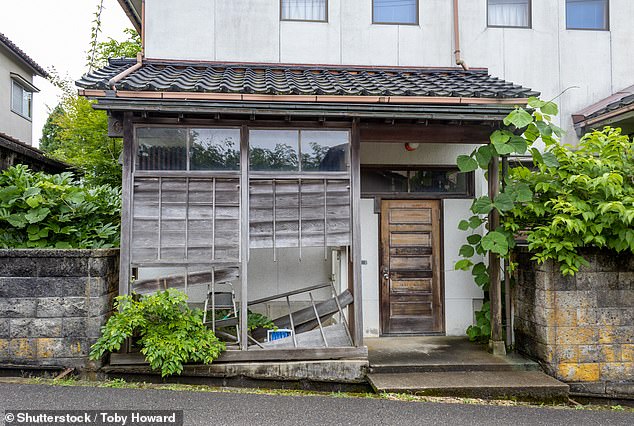
Australians can buy in Japan, but they cannot get a mortgage. Foreign buyers are warned to do their research as there may be restrictions. Older houses are also more prone to earthquake damage (pictured, an abandoned house in Ishikawa)
Australians are also warned that older homes were not built with suitable materials to prevent earthquake damage and that they should avoid buying homes built on soft ground.
Although there are no restrictions on Australians buying property in Japan, they cannot apply for a Japanese mortgage.
Obtaining a visa to live in Japan can also be very complex.
However, the effort may be worth it, as the average house price in Australia’s capital cities combined stands at an impressive $997,963, according to the latest data from Corelogic.
And in Thursfield’s hometown of Melbourne, the median price is now $944,138, significantly higher than what the family paid for their sprawling Japanese home.


